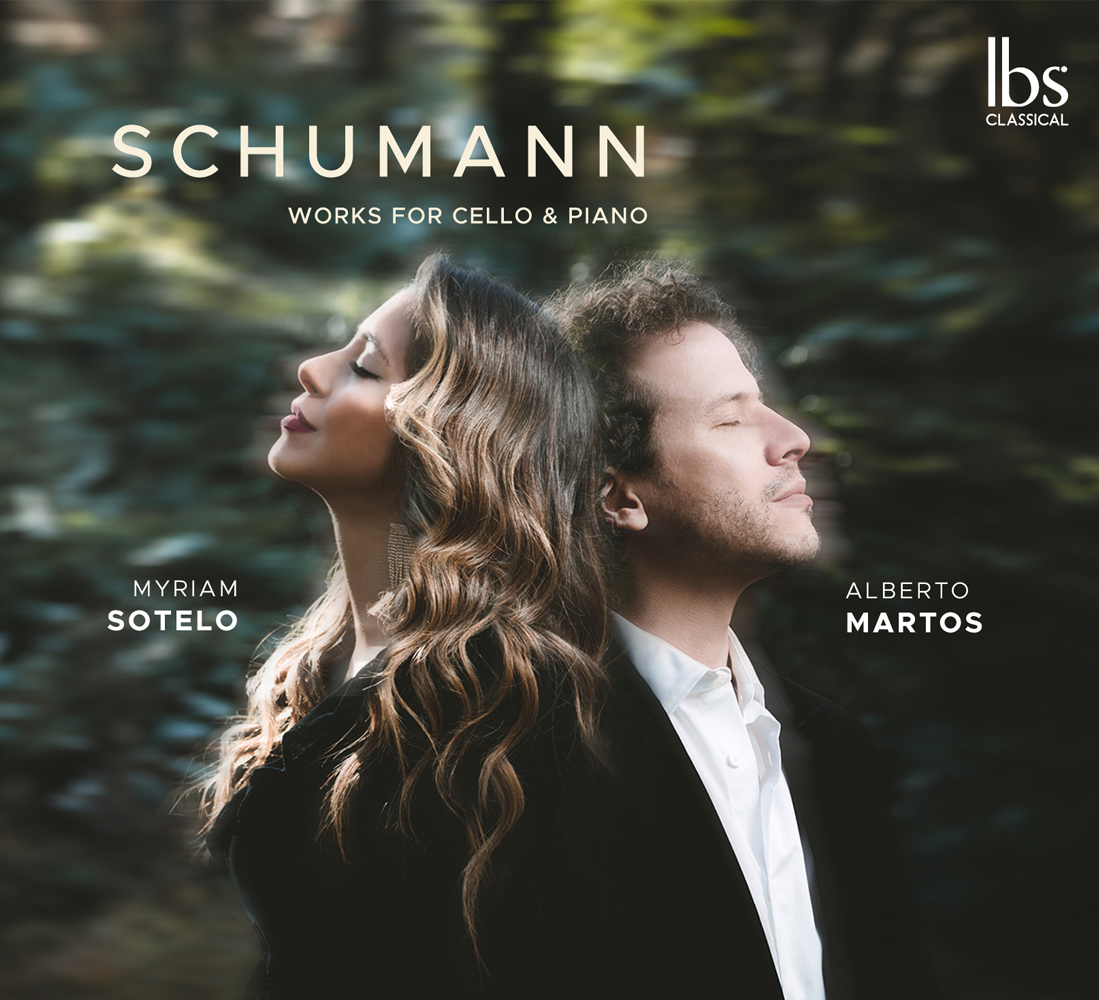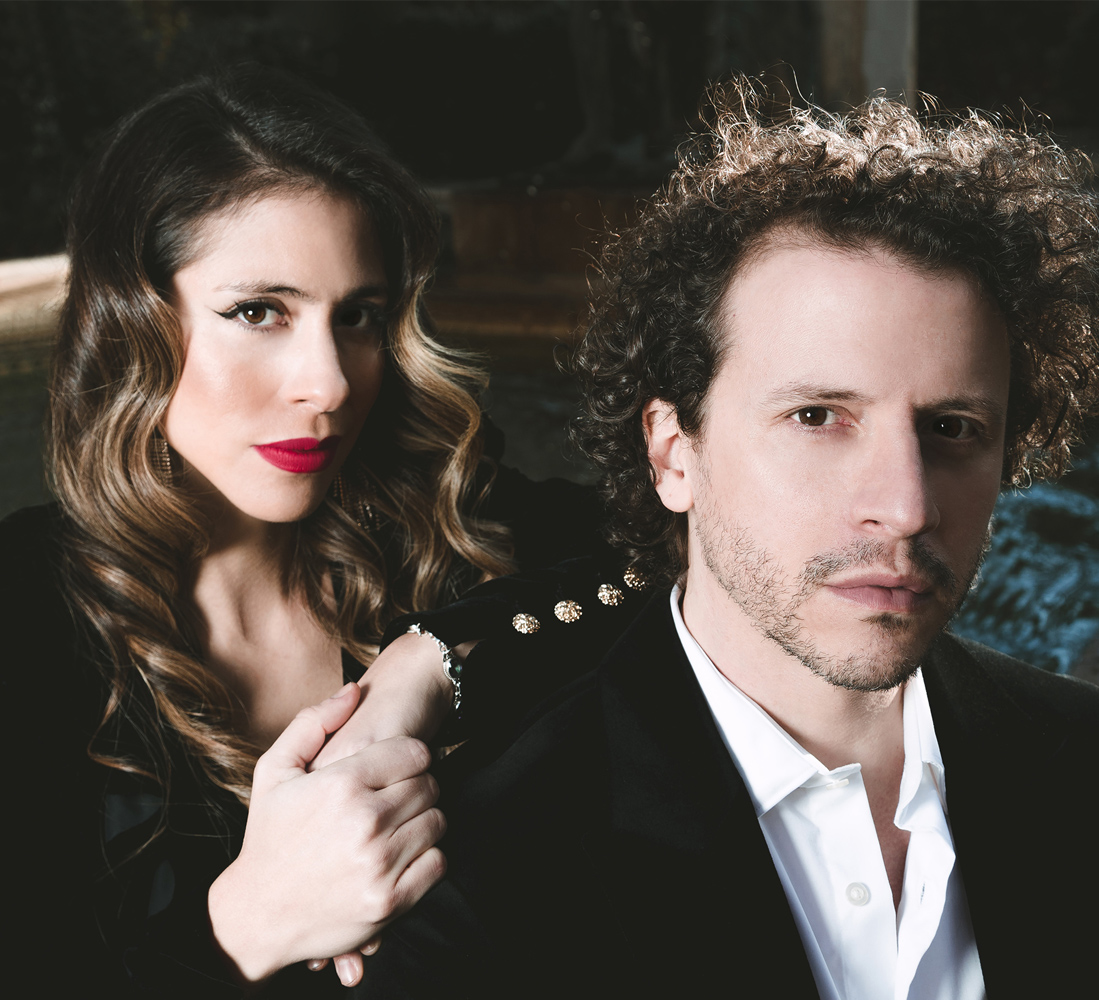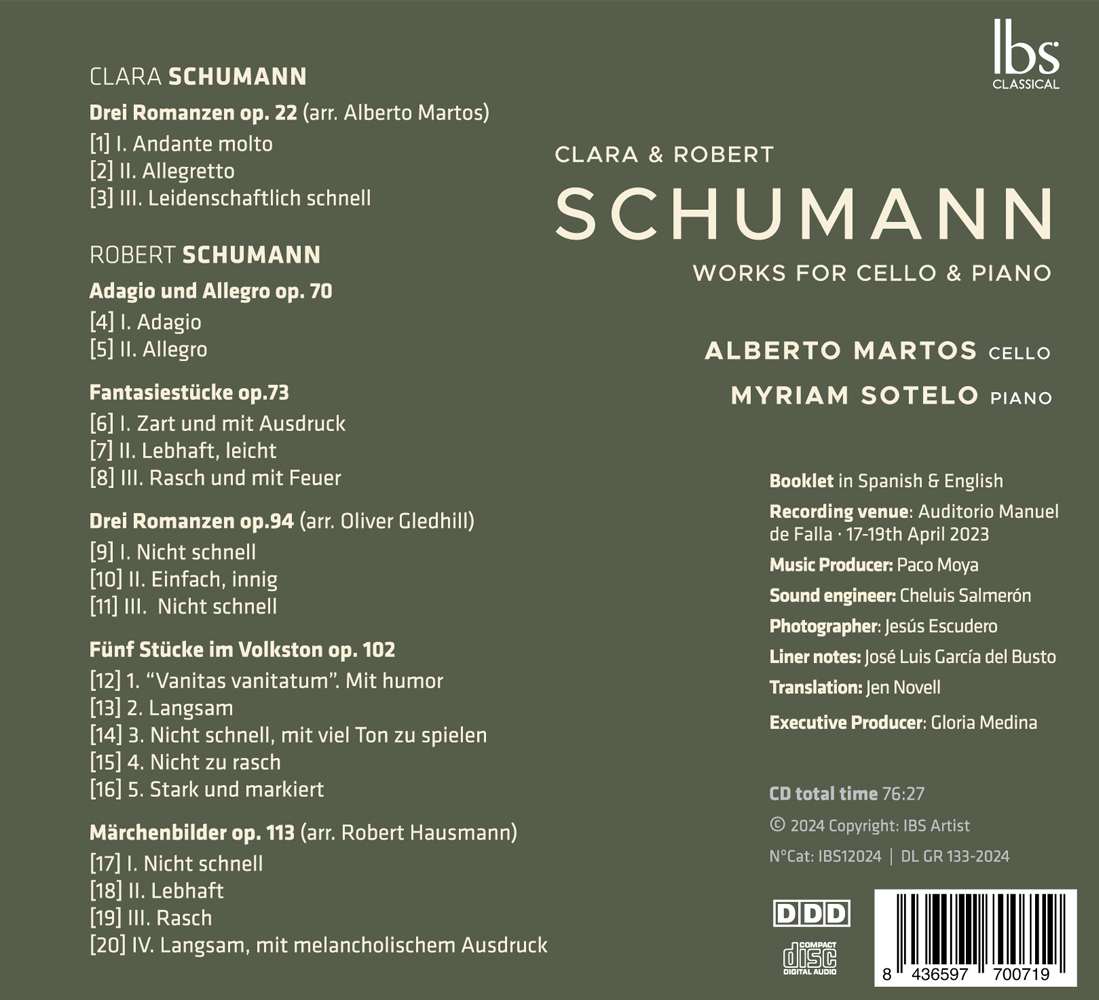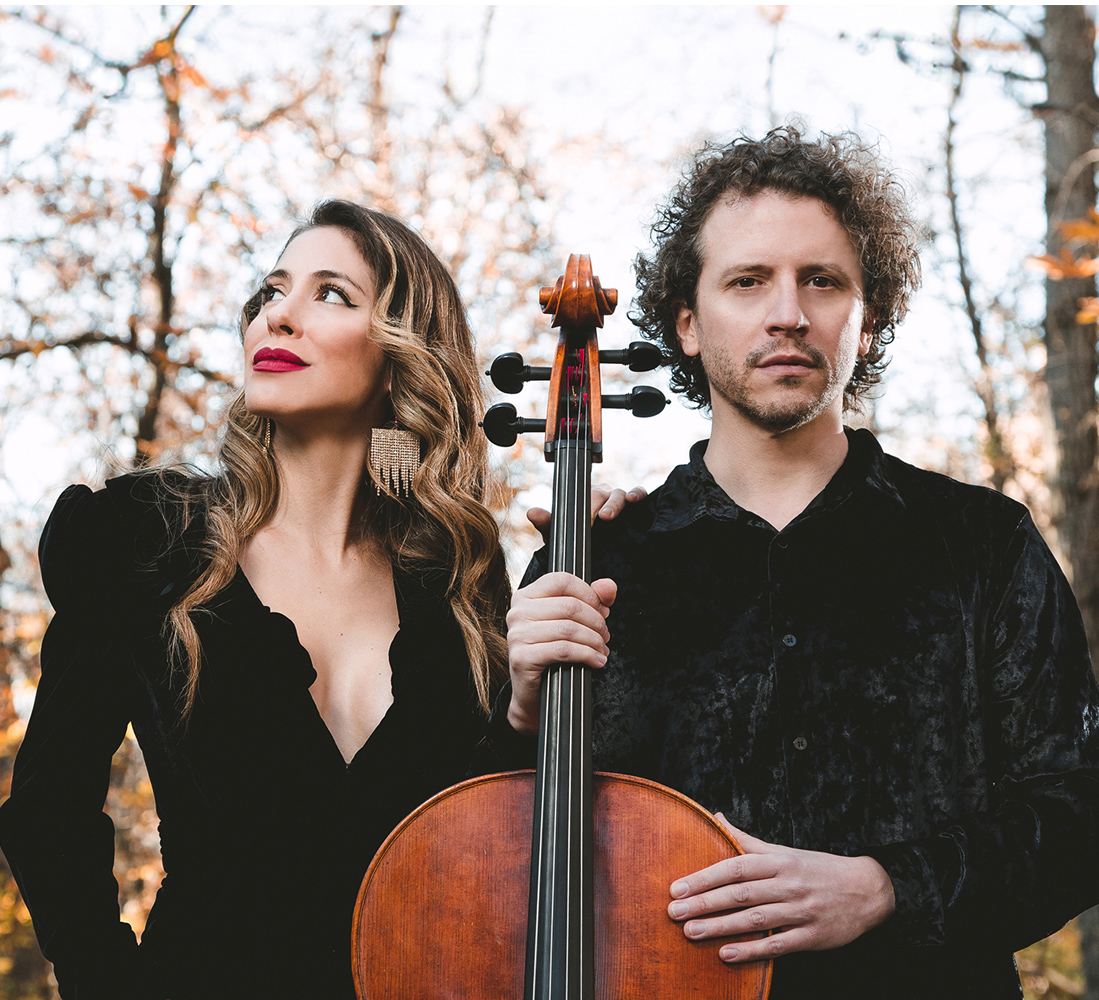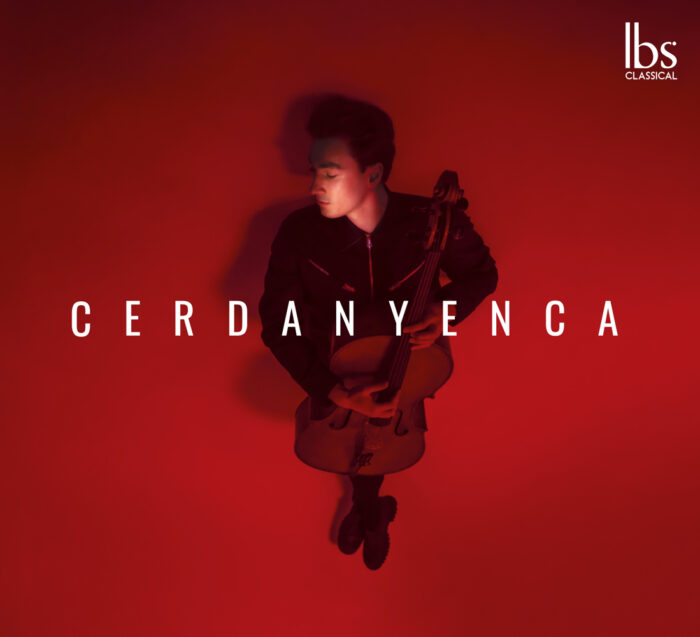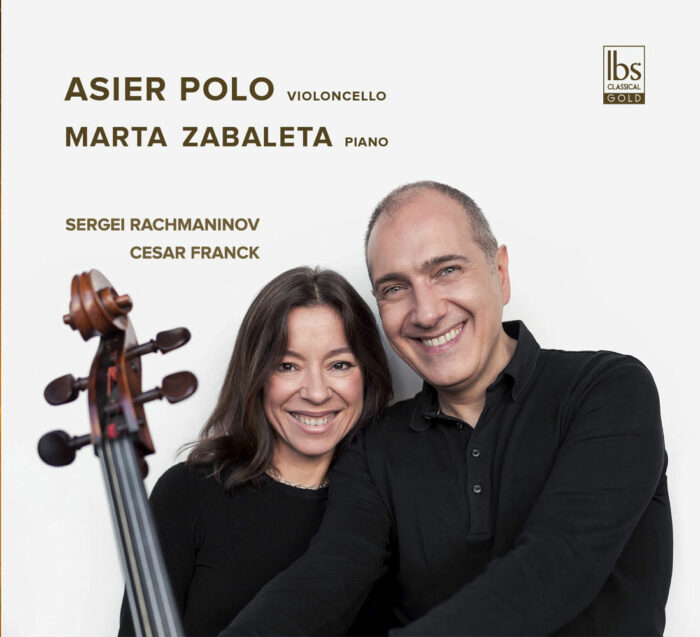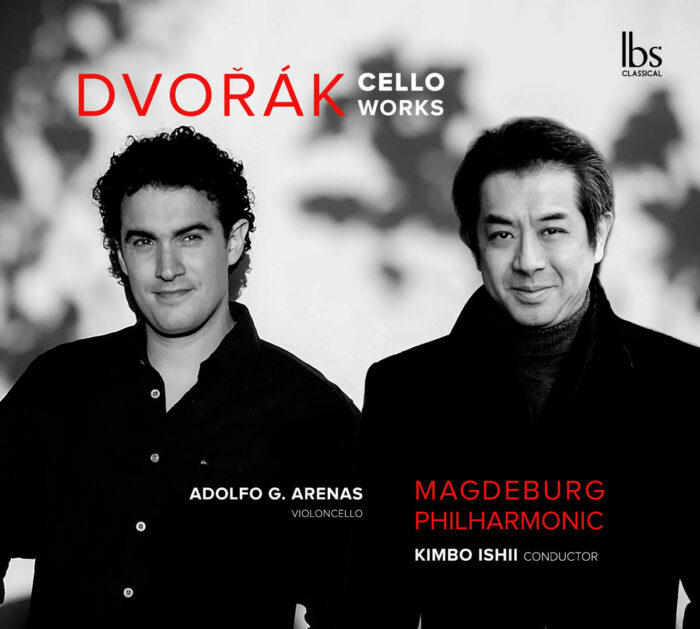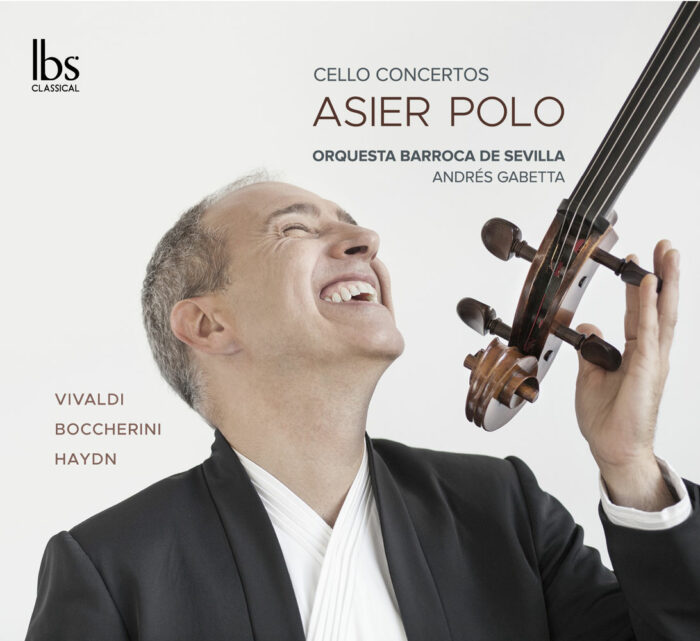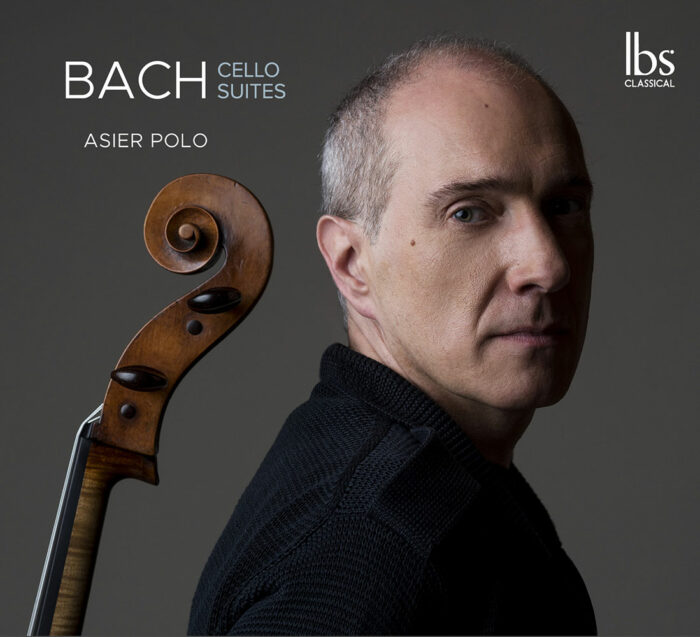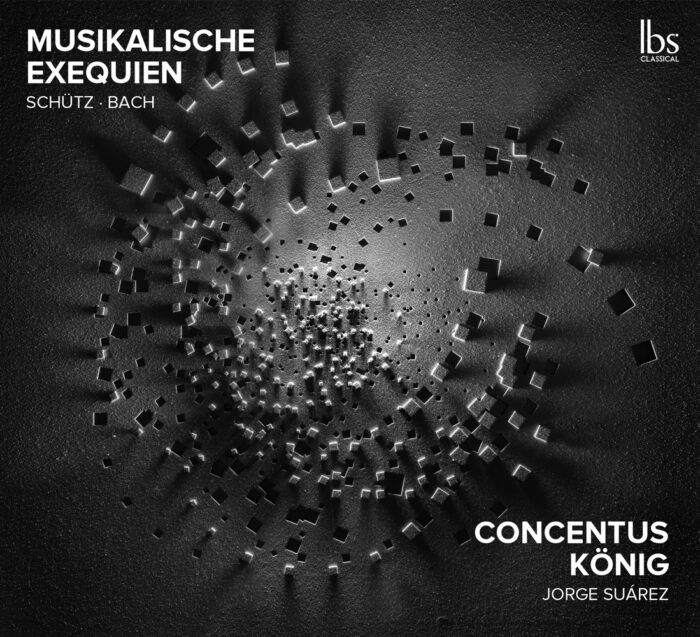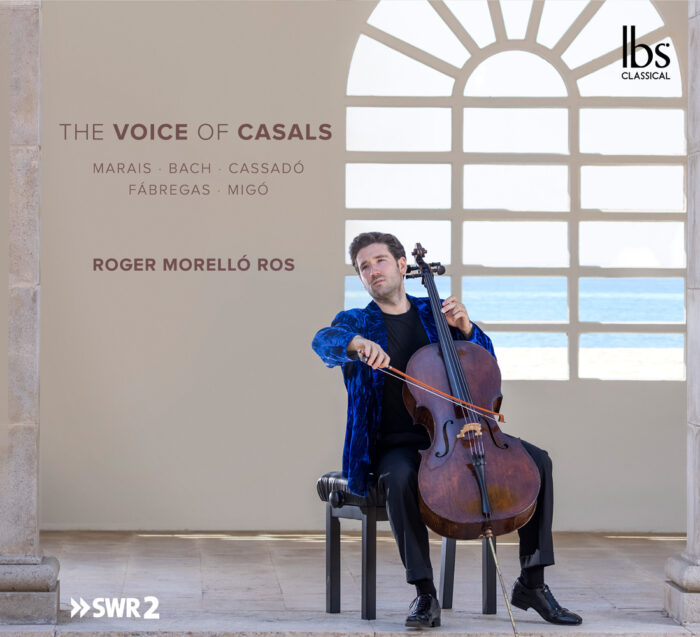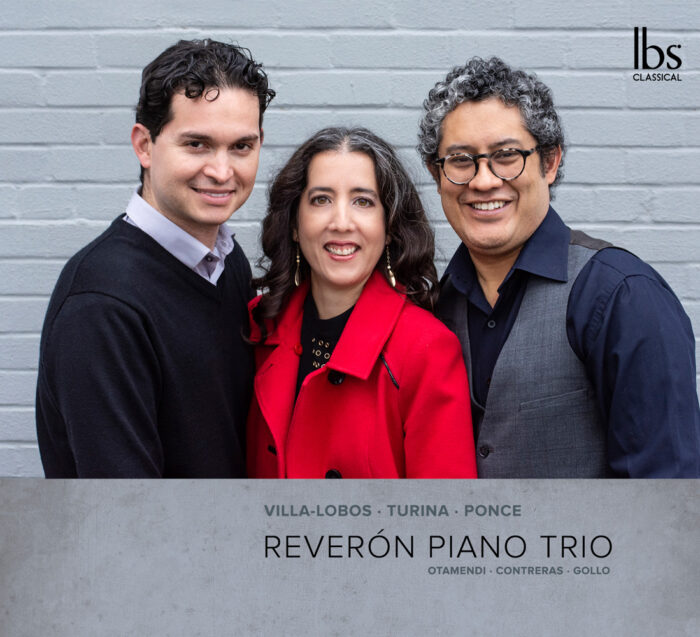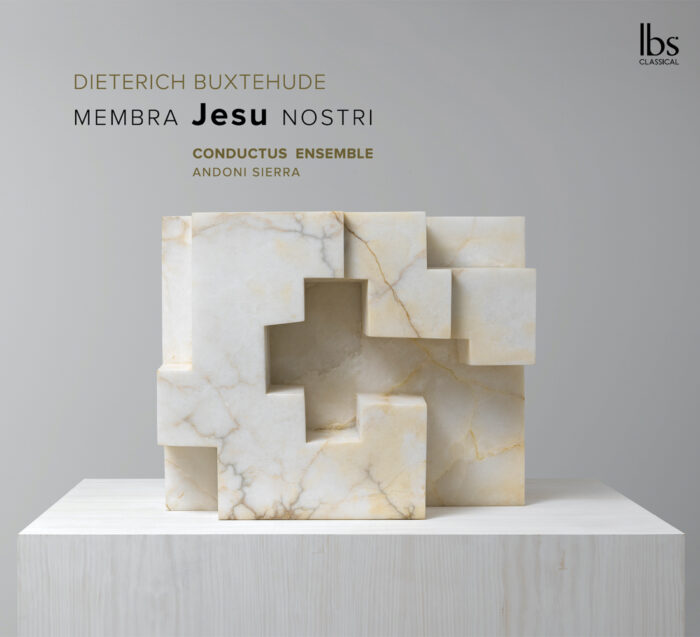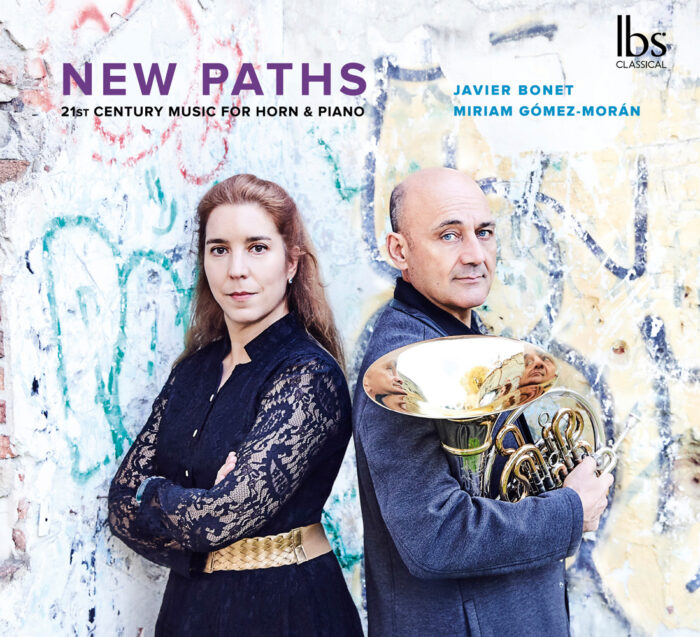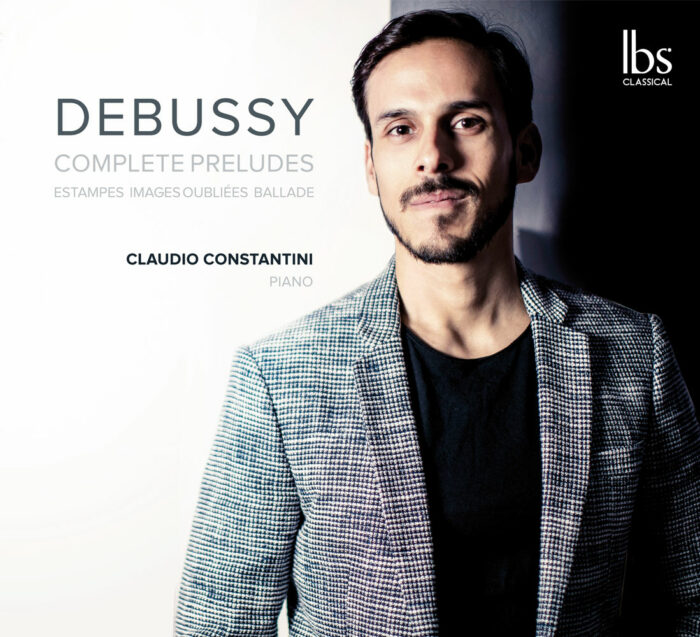Clara Schumann
Clara Wieck, who became Clara Schumann after marrying Robert in 1840, was a precocious and exceptional pianist. Starting recitals at the age of ten, she possessed a powerful technique and deep expressive capacity that she showcased in tours across Europe. After tense years, because Frédéric Wieck, her father and Robert’s teacher, deterred their rush to get married, when the union finally brought them familial happiness, it also brought numerous children, for which Clara’s career, although not stopped entirely, was limited considerably. Admired by Chopin, Liszt, and Mendelssohn as a performer, and more than admired, she was revered (and loved) by Brahms. As a composer, she wasn’t formally ambitious but she did display fine sensitivity and delicate inspiration. Her works always revolved around the piano, an instrument for which she cultivated brief forms typical of the romantic awakening, such as impromptus, waltzes, caprices, nocturnes, romances, and fantasies, and she also composed for the piano accompanying the voice (Lieder) and in various chamber formations, even with an orchestra.
The Three Romances, op. 22 by Clara Schumann, which open this recording, is music initially intended for violin and piano, although the violin part has traditionally been adapted for other instruments: oboe, clarinet, viola, cello, etc. The cello version on this album is due to its performer, Alberto Martos.
The first Romance is an Andante molto with a serene and poetic pace. It is followed by an Allegretto with greater expressive fervor, and the romantic intensity grows in the piece that concludes the three-part work, perhaps the closest to recognizable characteristics of Robert’s music.
This composition dates from July 1853, the year when a young Johannes Brahms, at the age of 20, appeared at the Schumanns’ home in Düsseldorf to learn from his admired Robert. He also became captivated by Clara’s musical and human personality. Shortly after (in 1854), Schumann attempted suicide, tormented by mental problems that would lead him to a period of institutionalization and isolation and, ultimately, his early death in 1856. Following this grave event, Clara composed less, and after the tragic outcome, she dedicated her time and effort mainly to ensuring the dissemination and edition of her husband’s music, a task in which she had Brahms’ support. The relationship and friendship between Clara and Johannes lasted until their deaths, only months apart, in 1896 and 1897, respectively.
Robert Schumann
We find ourselves in a crucial year, 1849. At that time, the Schumanns opted for a rural retreat due to the tension in Dresden, where they resided at that moment—a city that was the center of notable revolutionary episodes during the uprising that occurred there, with its epicenter in May of that year. While the great architect Gottfried Semper and, much more intensely, the brilliant composer Richard Wagner engaged in street tumults, proclamations, and barricades, Clara and Robert Schumann sought tranquility and stayed out of the revolt.
Precisely in that fruitful year, Robert Schumann tackled several chamber works that seem to be written in a relaxed atmosphere, in a very short time, without excessive formal nor constructive ambition, but with the stamp of his high melodic and harmonic inspiration. There is a certain common denominator among them, which we could call a certain lack of instrumental definition – pieces for oboe and piano, or for horn and piano, or for clarinet and piano – but in which the “melodic” role, as indicated in the score, can be transferred to other instruments with similar “singable” capacity, either to the same woodwind family or even to the string family (violin, cello). In short, it’s about “singing without text”; they are authentic “songs without words.”
Alberto Martos
After his successful recordings for the prestigious label Sony Classical, Alberto Martos is a rising star in the current music scene.
He studied in Spain and Germany (HfM Hanns Eisler, Berlin) with professors José A. Salazar, Andreas Greger and Elena Cheah. He has performed at many famous venues such as the Auditorio Nacional of Madrid, Palau de la Música Catalana, Carnegie Hall, Staatsoper Berlin, Teatro Colón of Buenos Aires and the Royal Albert Hall. Personally chosen by Daniel Barenboim as co-principal cellist for the West Eastern Divan Orchestra, he was described by the maestro as “one of the most promising cellists”.
He has been awarded with the first prize at the Cartagena International Music Competition, the Soloists Competition of the Royal Conservatory of Music of Granada and the City of Lucena Chamber Music Competition, in the latter together with the Garnati Ensemble.
In 2017 Mr. Martos has being awarded the Andaluces del Futuro prize – Bankia/Grupo Joly – for his brilliant career as soloist. In the same year, he recorded his second CD for Sony Classical, performing Joseph Haydn‘s concerto in D major in collaboration with the Granada City Orchestra under the maestro Antoni Ros Marbà.
In 2018 Alberto Martos became the youngest cello professor in Spain, a work he currently holds at the Royal Conservatory of Music Victoria Eugenia de Granada. In 2022 he performs in a tribute to the victims of terrorism broadcast live on Spanish Television in the presence of His Majesty King Felipe VI as well as the country‘s highest authorities.
Miriam Sotelo
Myriam Sotelo, piano “…el piano apolíneo de Sotelo, en el que dominan las líneas claras, la nitidez, la transparencia” (P. Vayón, Diario de Sevilla) “…Sotelo, entregada en alma con todo tipo de recursos a un piano pulsado con destreza y seguridad, a menudo a fuerza de toques tan efectivos como elocuentes” (J.J.Roldán, El Correo de Andalucía) Realiza sus estudios musicales entre España y Alemania, siendo alumna en Granada de la reconocida pianista y maestra Ramona Herrero, con quien finalizó sus estudios profesionales con calificación de matrícula de honor. Su destreza pianística se manifiesta a lo largo de sus enseñanzas elementales y profesionales, obteniendo reconocimiento de primeros premios en el marco de diferentes concursos de solistas. Sus estudios superiores los realiza entre España y Alemania, teniendo como pilares en su formación a José Luis de Miguel Ubago y Gunther Anger. Más tarde seguiría recibiendo clases magistrales de la mano del reconocido pianista Andrey Reznik, de quien absorbió todas sus enseñanzas durante más de cinco años. Además, ha recibido clases magistrales con pianistas de la talla de Javier Herreros, Ángel Sanzo, Lyudmil Angelov, Claudio Martínez-Mehner o Eldar Nebolsin. Con tan solo 30 años obtiene la Cátedra a través de concurso-oposición en la especialidad de Repertorio con pianista acompañante en el Real Conservatorio Superior de Música Granada, especializándose en repertorio de violonchelo. Su elección por el repertorio de piano con este instrumento comienza en su etapa de formación, recibiendo clases magistrales en Alemania con valorados violonchelistas como Emil Rovner o Danjulo Ishizaka. Destaca además su formación en el campo musicológico, habiendo finalizado con matrícula de honor dos másteres de investigación en la Universidad de Granada, en la que continúa como doctoranda e investigando el legado sonoro del Fantasiestücke opus 12 de Robert Schumann bajo la tutela de la Dra. Consuelo Pérez-Colodrero. Ha actuado en España y Alemania, en ciclos y Festivales tales como el Festival Internacional de Música y Danza de Granada, Música en el Alijibe, Música en los Jardines del Real Alcazar de Sevilla, Sociedad Económica de Amigos del País o el Festival Tocando las Estrellas, obteniendo gran reconocimiento por parte de la crítica y público. Es miembro del dúo para violonchelo y piano “Martos y Sotelo”, con el que acaba de realizar la grabación de la obra integral de Schumann para esta formación bajo el sello IBS. En 2023 es galardonada con el Premio Andaluces del Futuro -Bankia/Grupo Joly- en la modalidad de Cultura.
